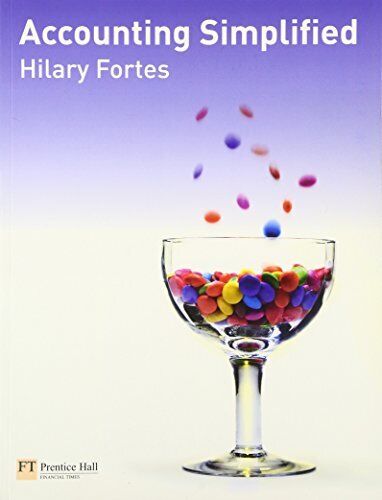Self-test Hazel is a sole trader. She runs a small shop (operating from rented premises) and prepares
Question:
Self-test Hazel is a sole trader. She runs a small shop (operating from rented premises) and prepares accounts to 31 October each year. Her business records consist solely of a cashbook in which she records amounts paid into and out of her business bank account. The following information relates to the year ended 31 October 2003:
1. Nearly all of Hazel’s sales are to customers who pay her immediately, but some customers have an account with Hazel and pay her once a month.
2. Each week, Hazel uses part of her takings to pay certain business expenses and then banks most of the remainder. However, she retains a small amount of cash in her till. The expenses paid out of takings in the year to 31 October 2003 were as follows:
£
Wages to part-time sales assistant 5,840 Hazel’s own wages as shop manager 13,000 Sundry expenses 1,170 3. A summary of the cashbook for the year to 31 October 2003 is as follows:
£ £
Bank balance at 1 November 2002 1,470 Add: Takings paid into bank 80,710 Premium Bond prize paid in 1,000 81,710 83,180 Less: Cheques to suppliers 61,890 Shop rent 8,400 Business rates 1,250 Insurance 1,570 Electricity 1,090 Sundry expenses 880 Bank charges and interest 340 New shop display cabinet 3,600 79,020 Bank balance at 31 October 2003 4,160 4. The October bank statement shows a closing balance at 31 October 2003 of
£5,380. Hazel has compared her cashbook with the statement and has prepared the following reconciliation:
£ £
Bank balance per cashbook 4,160 Add: Cheque payments shown in cashbook but not yet shown on bank statement 1,420 5,580 Less: Items not recorded in cashbook:
Bank charges 25 October 2003 30 Dishonoured cheque 2 October 2003 170 200 Bank balance per bank statement 5,380 5. Shop equipment is depreciated at 25% per annum on the straight line basis, with a full year’s charge in the year of acquisition and no charge in the year of disposal. All of the shop equipment owned by Hazel at the start of the year to 31 October 2003 had been acquired in 1998 or earlier. One item of equipment was sold for scrap during the year. Hazel gave the proceeds of £50 to her son as a present.
6. Apart from the bank balance and the shop equipment, Hazel’s only business assets and liabilities at the start and end of the year to 31 October 2003 were as follows:
31 October 2002 31 October 2003
£ £
Stock of goods at cost 9,430 10,160 Amounts owed by customers 610 550 Amounts owed to suppliers 4,920 5,280 Cash float 250 270 Accrued electricity charges 210 180 Prepaid business rates 400 490 The figure of £550 shown for amounts owed by customers at 31 October 2003 is before accounting for the dishonoured cheque of £170 (see Note 4 above). The customer concerned seems to be in financial difficulties and Hazel has decided to provide in full for this doubtful debt.
The stock figure of £10,160 at 31 October 2003 includes £120 for the cost of certain items of damaged stock. In their undamaged state, these items could have been sold for £175 but their expected sale value is now only £80.
7. During the year to 31 October 2003, Hazel took stock items costing £490 from the shop for her own use. She did not reimburse the shop for these goods.
Requirement for question
(a) Prepare Hazel’s trading, profit and loss account for the year to 31 October 2003.
(b) Prepare Hazel’s balance sheet as at 31 October 2003.
Step by Step Answer:






